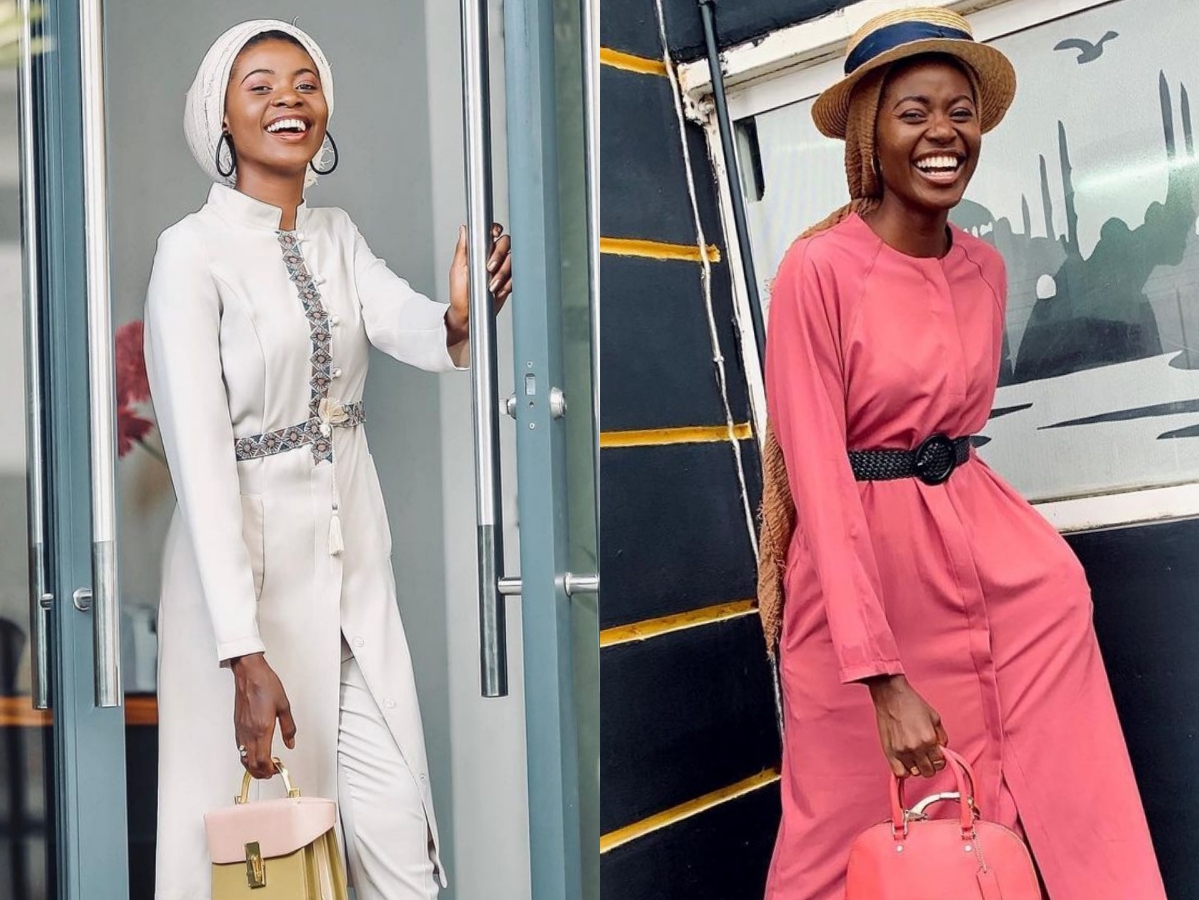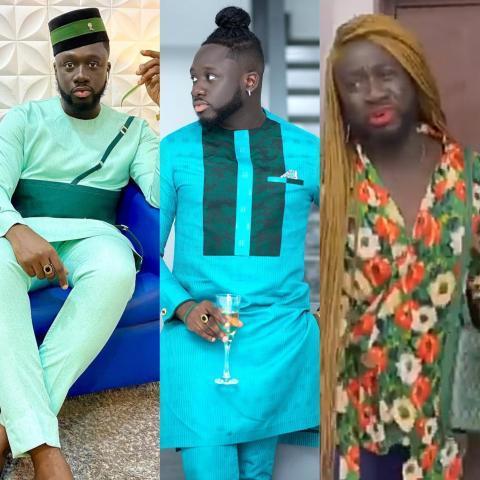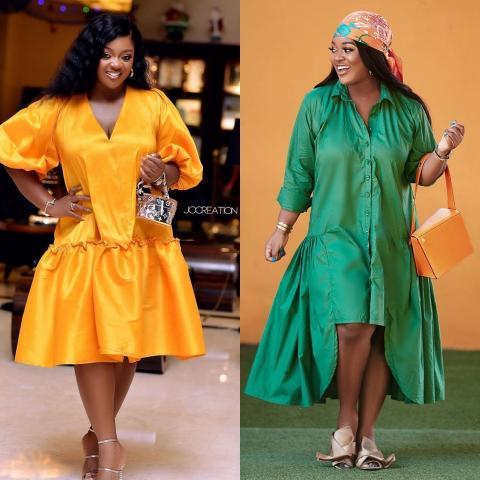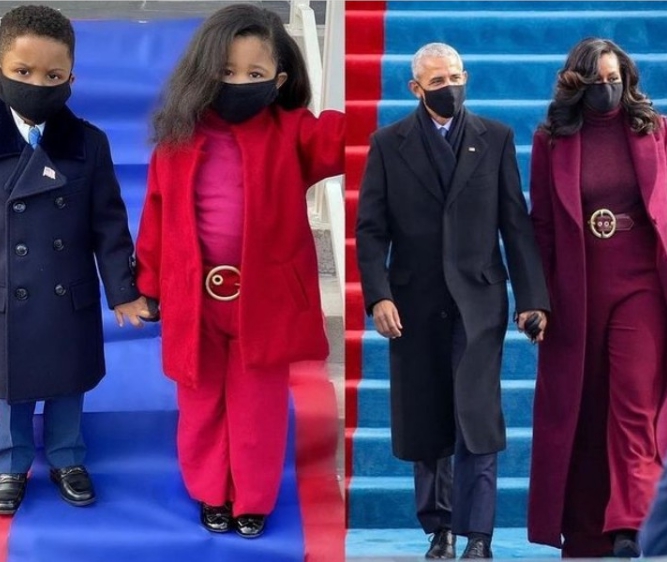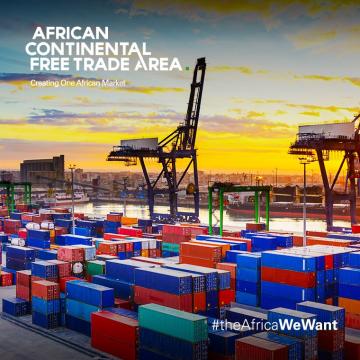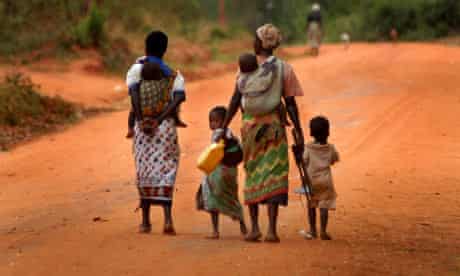Africa made headlines globally on March 21st,
2018 when forty-four African countries signed the CFTA at Kigali, Rwanda. The
continent received numerous positive commendations from within and outside its
shores. The CFTA was a decision adopted at the 18th Ordinary Session of the
Assembly of Heads of State and Governments of the African Union held in Addis
Ababa, Ethiopia in January 2012. This agreement went into force on May 30th
2019, and the operational phase began at the dawn of July 7th, 2019 summit in
Niamey, Niger. The CFTA is indeed commendable, because it is the largest free-trade
agreement in terms of participating countries, only second to the World Trade
Organization (WTO).
This agreement is primarily publicized as a
tool to unify the continent and boost intra-African trade, which will in turn
provide employment opportunities thereby creating wealth for Africans; the
United Nations Economic Commission for Africa estimates that this will boost
intra-African trade by fifty-two percent (52%) by the year 2022, and currently
intra-African trade is thirteen percent (13%) according to the African Union.
Ambitious agreements such as this, is historically
a media jamboree, particularly its publicity to unify Africa and intra-African
trade to offset part of what African countries trade with other continents. Example,
the East African Community (EAC) was founded with the mission “to widen and
deepen Economic, Political, Social and Cultural integration in order to improve
the quality of life of the people of Eastern Africa”, The EAC was established
to boost regional free-trade and integration. Its member states are Kenya,
Burundi, Uganda, Tanzania, Rwanda, and South Sudan. But after nineteen years of
existence; how important is the EAC in regard to the economic situation of the
region? What is the situation report in terms of integration and regional
trade?
The Southern African Development Community (SADC)
established in 1980 with the mission “to promote sustainable and equitable
economic growth and socio-economic development through efficient, productive
systems, deeper co-operation and integration, good governance, and durable
peace and security; so that the region emerges as a competitive and effective
player in international relations and the world economy”, and with the
objectives to achieve economic development, peace and security, alleviate
poverty, and enhance the standard and quality of life. SADC was also
established to boost regional free-trade and integration. Its member countries
are Tanzania, Zambia, Zimbabwe, Angola, Botswana, Comoros, Democratic Republic
of the Congo, South Africa, Seychelles, Namibia, Swaziland(Eswatini), Lesotho, Madagascar,
Malawi, Mauritius, and Mozambique. After 39 years of existence, what is the
situation report in the region? What are the factual gains of the SADC since
its establishment in integration and free-trade?
In light of the above, it applies to the Economic
Community of West African States (ECOWAS), Common Market for Eastern and
Southern Africa (COMESA), and the African Union (AU).
Secondly, in view of intra-African trade to
offset part of what African countries trade with other continents. It is another
media party, because what African countries trade with other continents is
currently near impossible to trade it within Africa. What Africa trade outside
are products of the extractive industry. Example, Angola, Cameroon, and
Nigeria’s major export trade in value are crude petroleum and gas, and these
products are exported mostly to North America, Europe, and Asia. Zambia,
Botswana, Tanzania, South Africa, Ghana, and Namibia’s major export trade in
value are copper, Gold, and Diamonds and it is exported mostly to Europe, Asia,
and North America.
Thus, if these products are to be traded
within Africa, where is the market? How many companies are in the continent capable
to refine these products? How many companies are being licensed for operation
to have these products as their raw materials for production? Are there
investments with a view to build such companies within the continent? If there
is, how many?
In import trade, Kenya, Ivory Coast,
Democratic Republic of the Congo, Tanzania, and Niger’s major imports in value
are refined petroleum, and packaged medicaments, and these products are mostly
from Asia, and Europe. Ethiopia, Nigeria, Ghana, South Africa, and Angola’s
major imports in value are ships, cars, planes, helicopters, machinery, delivery
trucks, and refined petroleum, and these products are mostly from Asia, Europe,
North and South America.
If these products are to be traded within
Africa, where are the suppliers? How many companies are currently in the
continent capable of supplying these products? How many companies are being
licensed for operation to supply these products to meet the demands? Are there
investments with a view to build such companies within the continent? If there
is, how many?
Thirdly, it is undeniable that the continent
is poor, which means consumers are poor. And if consumers are poor, the market
is unprofitable even with a very large market size. African leaders famously cite
the size of the African market as one basic reason for this ambitious
agreement. They forget most of the consumers are extremely poor hence,
purchasing in the continent is low. And if there is no profit, what is the
essence of investment?
From the forgoing, the CFTA might be a
brilliant initiative in a wrong time. Instead of this agreement that
emancipated from the African Union, the union could have instituted an
independent advisory and supervisory body of economic professionals, tasked to
formulated and supervise policies peculiar to every African country with a view
to improve the economic fortunes of every member state. Then, if the standard
of living keeps improving across the continent, initiatives such as this could
be considered.
References
//au.int/en/ti/cfta/about viewed on 2nd August,
2019.
//en.m.wikipedia.org/wiki/African_Continental_Free_Trade_Area viewed on 2nd August,
2019.

